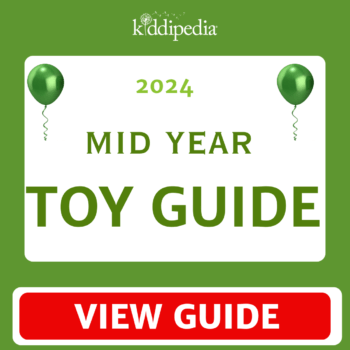There are several tests that you need to pass before you can receive your Paid Parental Leave. The Income Test and Residency Test are easy to determine. The one with slightly more work involved is meeting the Work Test.
This is one of the main requirements to receive your 18 weeks of Paid Parental Leave. Currently, the rate that you are paid is $695 a week before tax. The amount of tax that is taken out is dependent on several different circumstances and may not be the same for everyone.
What is the test?
You need to measure and record the number of hours of work that you have done in the months leading up to your delivery. You need to ensure that up to your expected due date (or actual delivery date if you apply after the birth) you must have worked:
- During at least 10 of the 13 months before that date
- For 330 hours within that 10-month period
- With no gap of more the 8 weeks between two consecutive working days.
What counts as Work for this Test?
- Paid Work
- Paid Leave such as annual, sick or long service leave
- Full time, part time or on contract
- For one or many employers
- For your own business or a family business, even if they don’t make any income
- Jury duty
- Paid Parental Leave from an older child
What isn’t included?
- Unpaid leave
- Volunteer work
If you are self-employed you may be asked to prove the number of hours of work that you do during these 10 months. You can keep a diary; provide invoices you have sent to clients or tax returns to show that the amount of work you have claimed in your application is genuine.
Also, if you have worked on average for 8 hours a week during these 10 months, it is more than likely that you will meet the 330 hour test. But if you are not sure then you should prepare a spreadsheet the records all the hours that have working during this time.
Start with your due date or date of birth in the top left corner, then go backwards one day at a time down the spreadsheet until you have listed the dates for 392 days – that’s your 13 months.
Then next to each of the 392 days, put the number of hours you worked on that day. If you were on paid leave, put in the normal hours that you would have worked that day.
Then, within your spreadsheet, you need to identify a ‘block’ of 295 days, where the hours worked during those days add up to 330 hours. That’s your 330 hours within 10 months, or 295 days.
But make sure that within your ‘block’ of 295 days, there is no gap bigger than 56 days between two of the work days, or at the end, where you did not work or be on paid leave.
You may also like to read:









